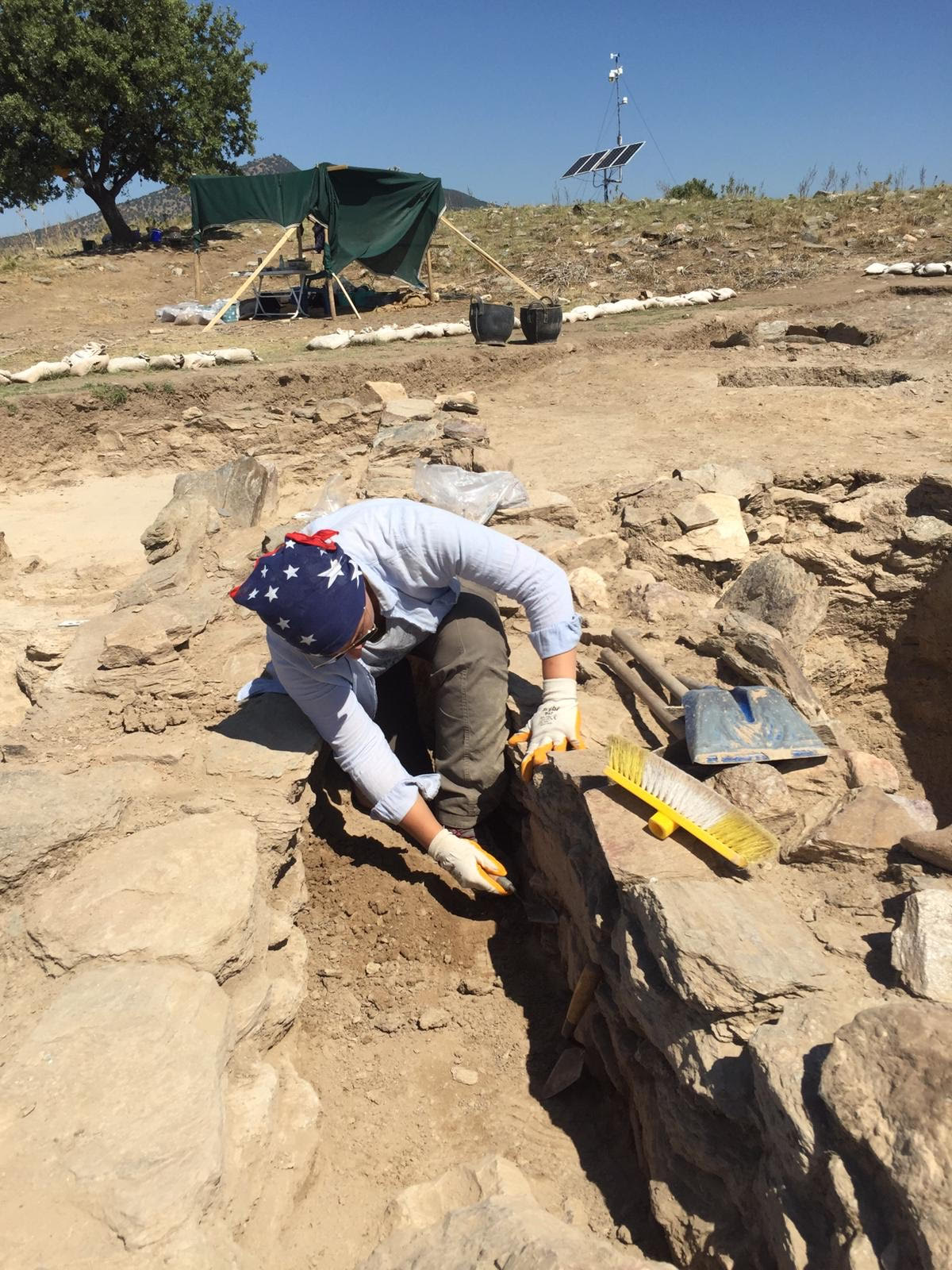WG Zooarchaeology
The Zooarchaeology group works on a geographically and temporally broad range of topics, including taxonomic and taphonomic research, as well as experimental archaeology and cutting-edge techniques such as ZooMS (Zooarchaeology by Mass Spectrometry). In keeping with the history of the department, we have strong research foci in the Paleolithic or Stone Age of Central Europe, Southwest Asia, Southern Africa, and the eastern Mediterranean. We focus on myriad aspects of human-animal interactions, including the application of behavioral ecology to understand prehistoric hunting patterns, domestication and human niche construction at the Neolithic transition in southwestern Asia, agricultural and ritual practices in the Bronze Age and Iron Age through Classical Period in Greece and the southern Levant, and experimental archaeology as it relates to worked osseous technologies. We recently added the Archaeo- and Paleoproteomics working group, which applies newly developed techniques in the extraction and analysis of proteins to aid our understanding of the human past. The proteomics group has a particular focus on the study of fragmented bones, which typically cannot be identified using traditional zooarchaeological methods, and may contain rare human and animal remains that are key to our understanding of the archaeological record.
Interdisciplinary research is fundamental to our work so the group cooperates frequently with other wings of the INA and collaborate broadly with other departments at the University of Tübingen, in particular the Biogeologie working group on isotope studies, and we co-supervise student projects with members of Biblical Archaeology, Near Eastern Studies, Late Prehistory, and Medieval Archaeology.
The members of our research team are connected to the working group of the Senckenberg Centre for Human Evolution and Palaeoenvironment at Tübingen (SHEP). The group is co-led by PD Dr. Britt Starkovich and Prof. Nicholas Conard, Ph.D.


